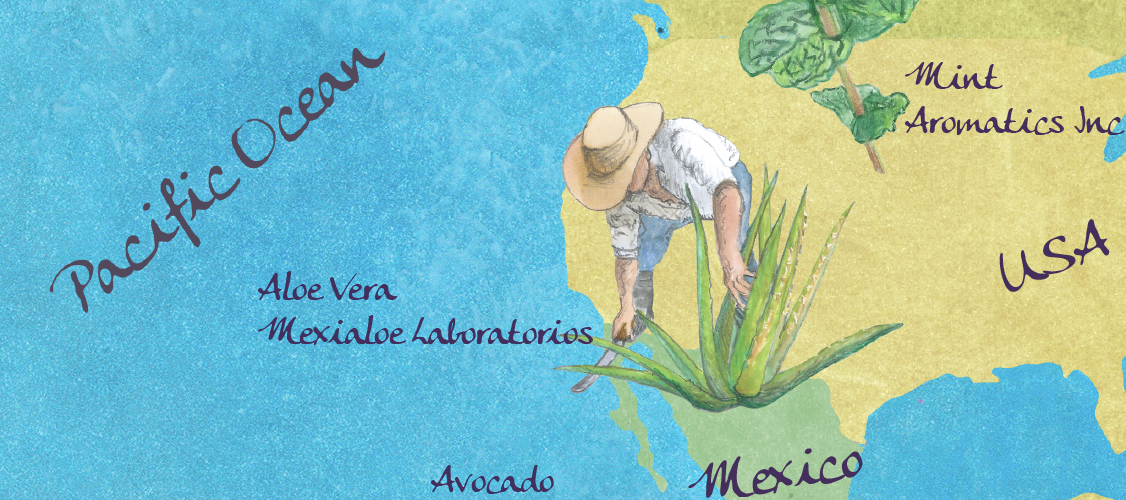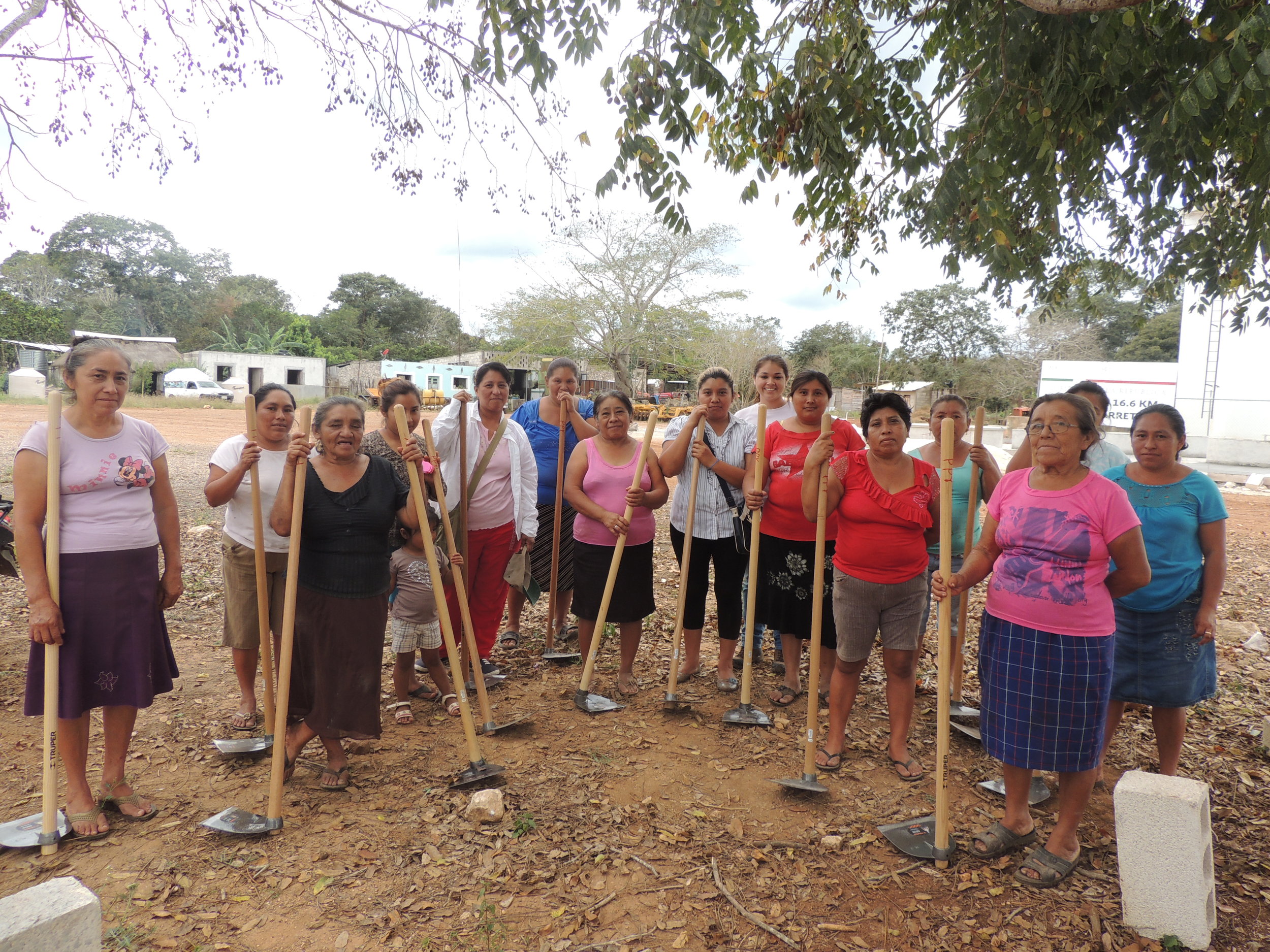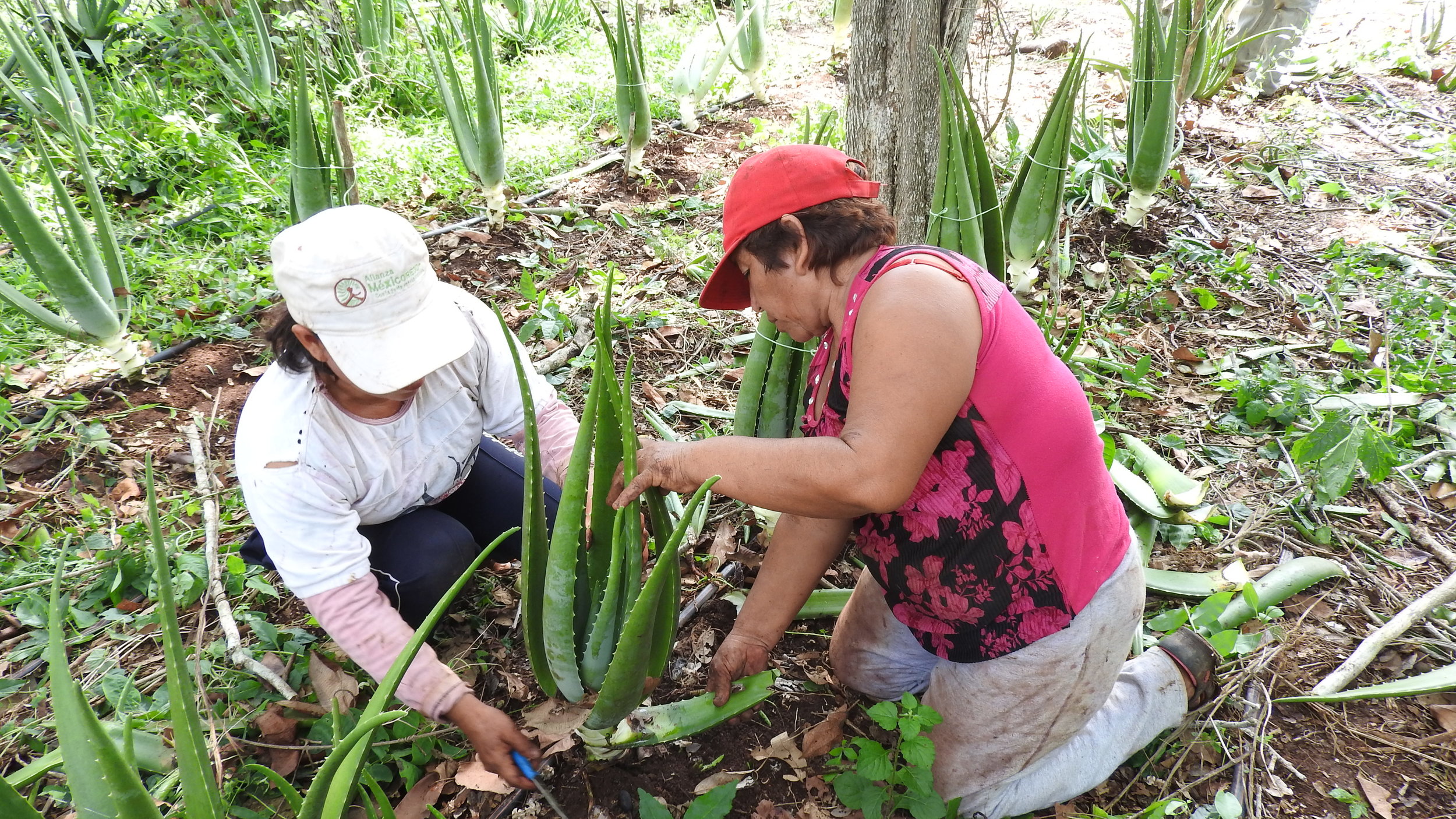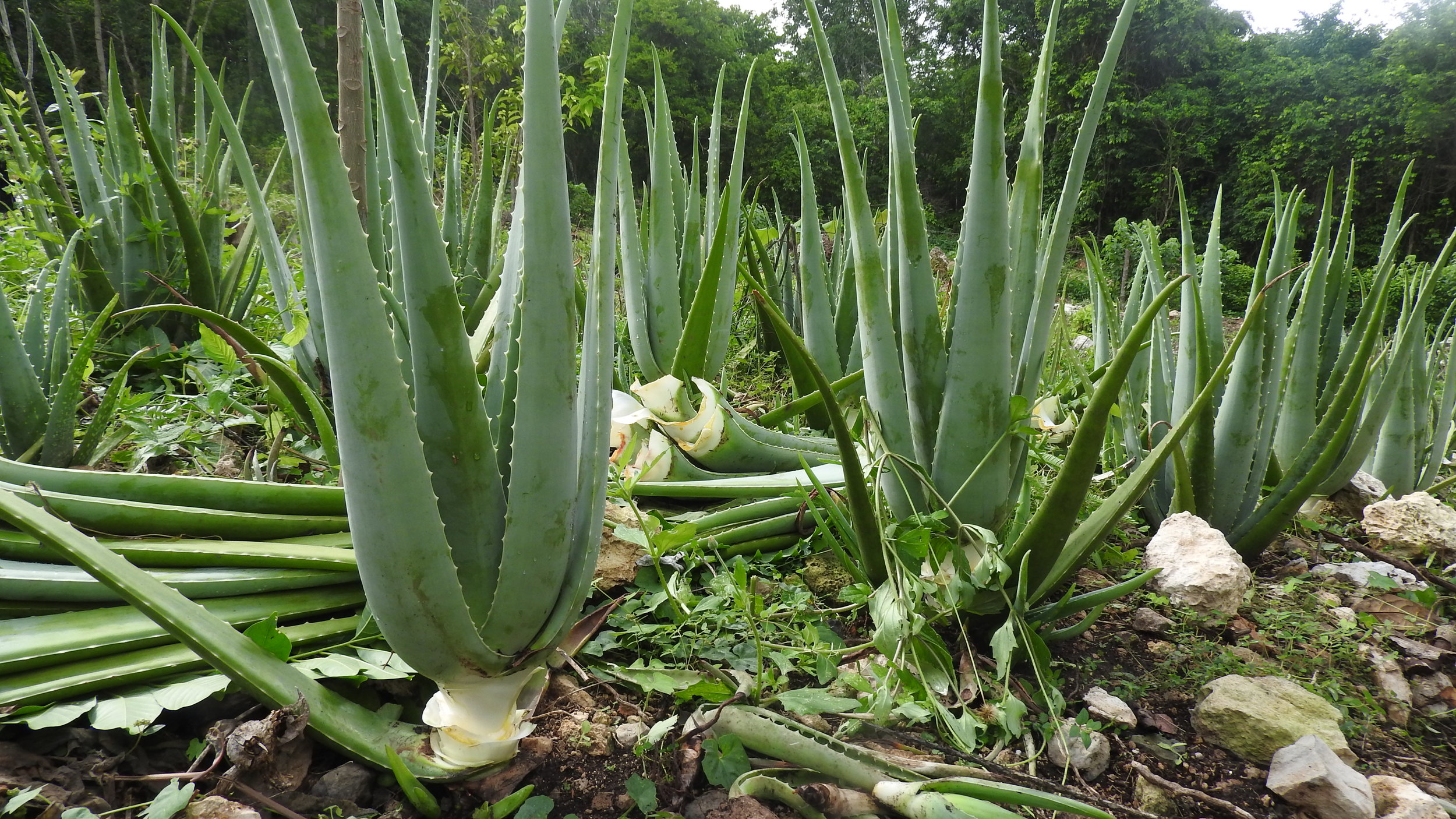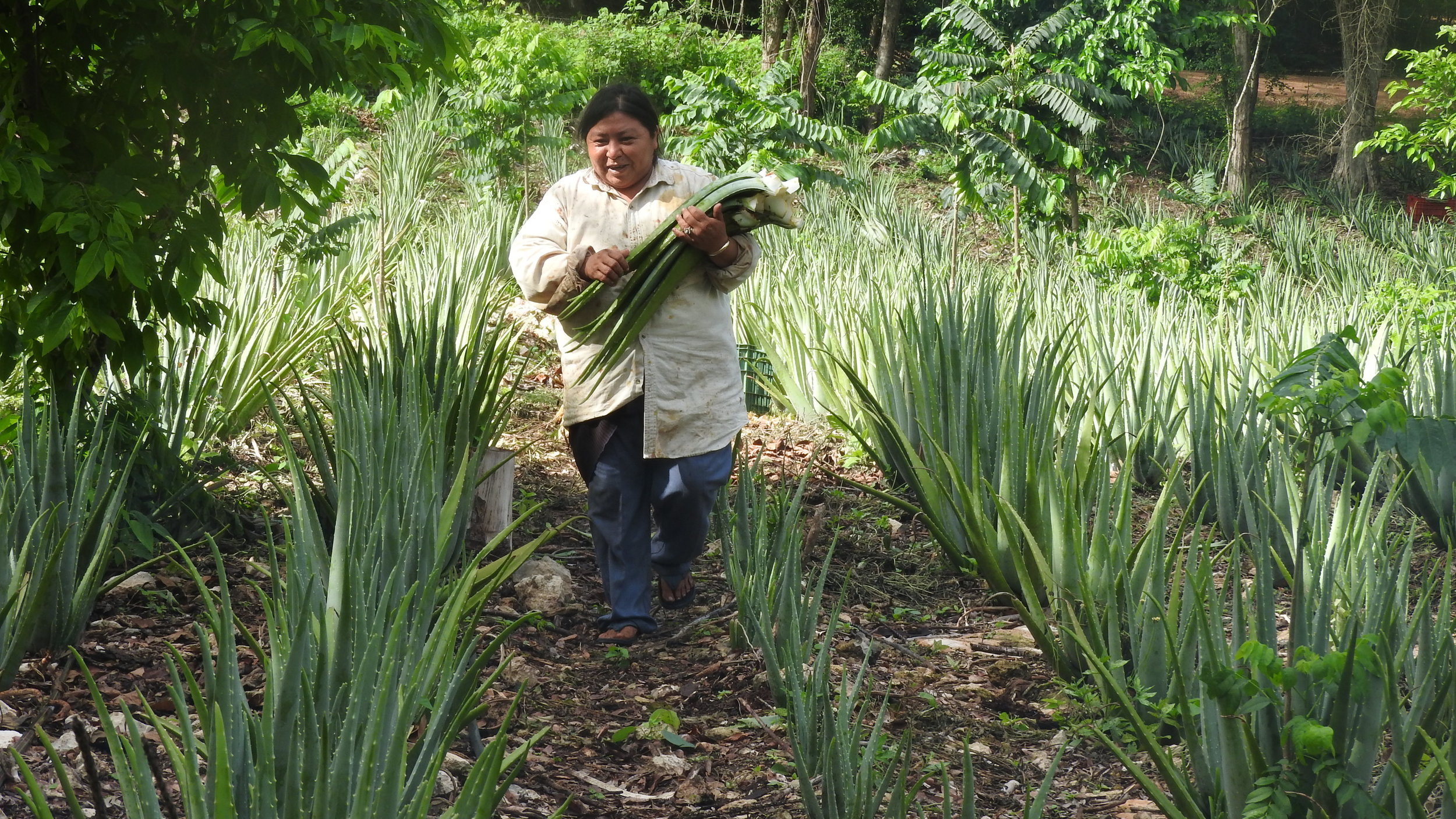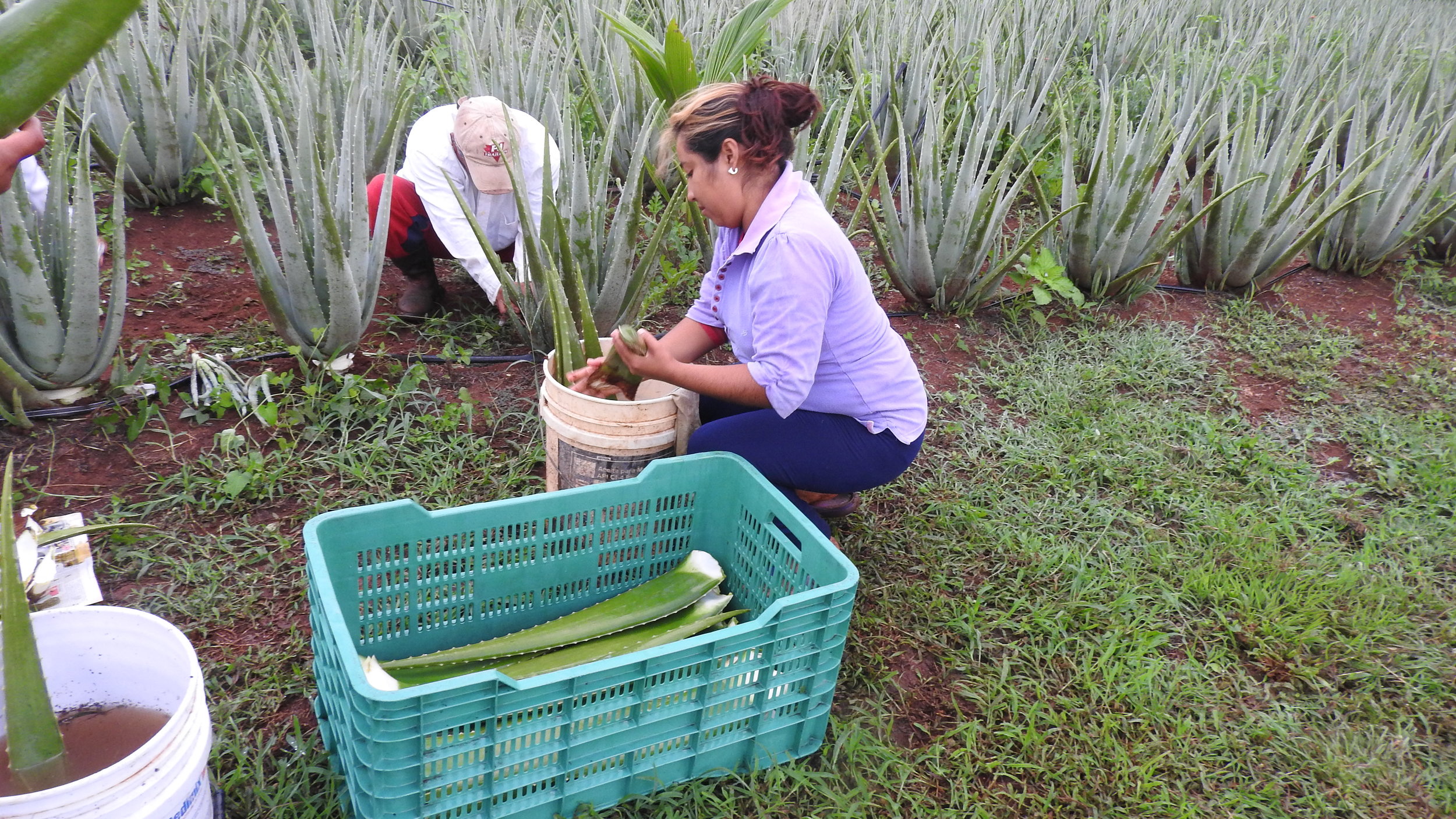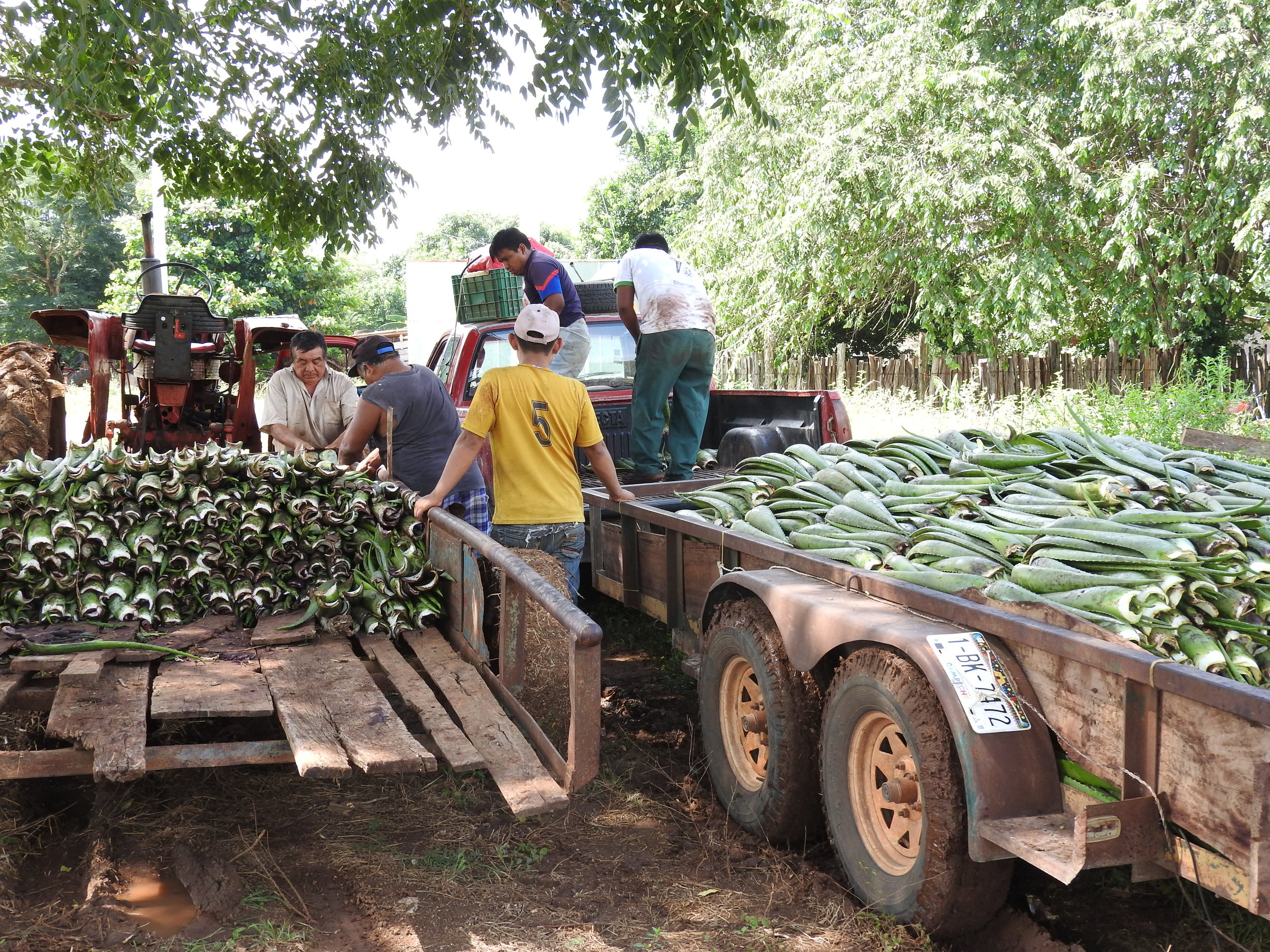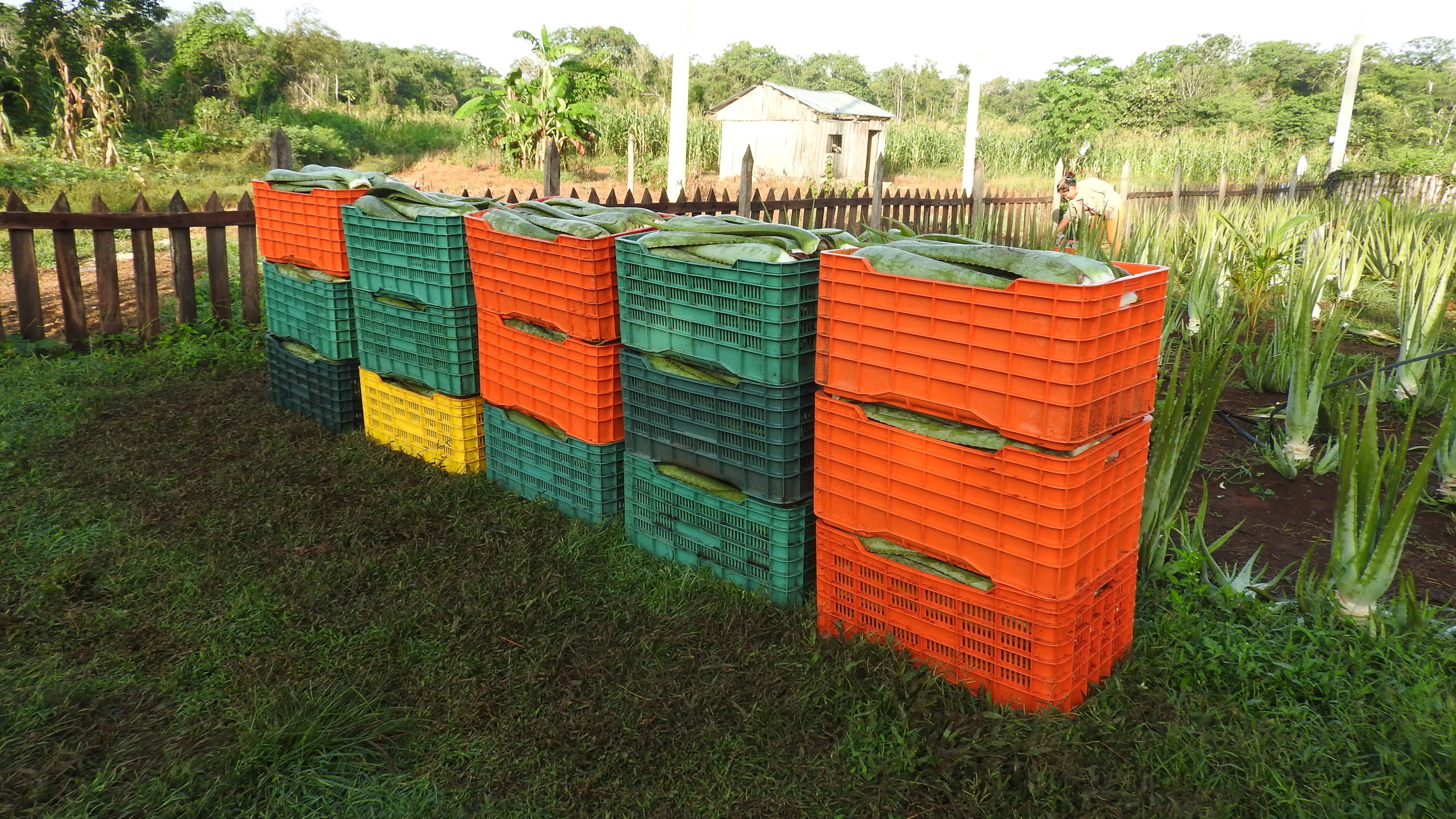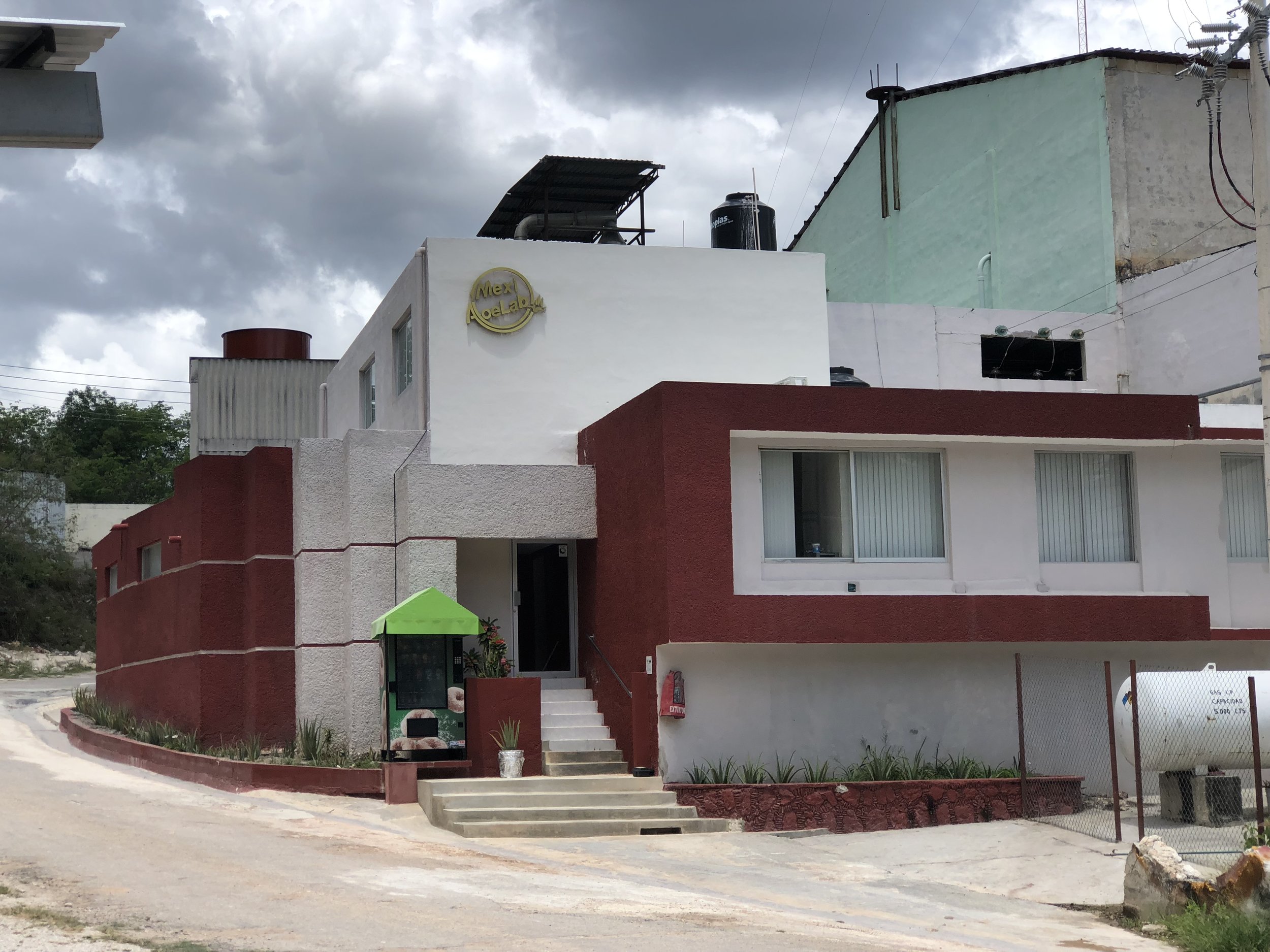Aloe vera
Improving livelihoods in buffer zones of Mexico’s protected areas
“When I came to lead the team, one of my first commitments was to support young people, women and families in the Aloe Vera sourcing areas,” says Guadalupe Bojorquez, general manager of Mexialoe Laboratorios, a UEBT member company based in Campeche, Mexico, and a leading supplier of Aloe Vera to the cosmetics, food, pharmaceutical and personal care industries globally.
Aloe Vera was introduced to the Americas hundreds of years ago. In Mexico, the plant found an ideal climate where it was then cultivated throughout the Yucatán Peninsula, becoming widely naturalized. Traditionally used to relieve minor burns and improve digestion, the plant contains vitamins, minerals and antioxidants considered to have analgesic, anti-inflammatory, and antibiotic properties. Enormously popular, Aloe Vera is now found in an array of medicines, personal care products, and even beverages.
The plant is harvested once its seedlings are two years old. The leaves can then be cut every six months throughout the year. Both men and women participate, cutting the plant by hand during the coolest hours of the morning to avoid heat damage to the delicate leaves. Pickers collect the most mature leaves at each harvest, often no more than four or five per plant. Once collected, farmers and local communities deliver the leaves to processing companies where they extract a juice. The juice is used to produce gels with different concentrations to meet industry requirements. The final product can also be a powder obtained by drying the gel.
Guadalupe points out that Aloe Vera production is vital in Campeche (a biodiverse region along Mexico’s southeastern coast) where landowners of Aloe Vera fields, cutters and suppliers are all indigenous people, mostly Maya. Employment is limited and young people often migrate away from their families. She says, “By creating a source of income near their families, we give young people a way to find work within their communities and not leave their place of origin.”
Due to the company’s efforts, more women and their families have been planting, harvesting and selling Aloe Vera alongside their usual cattle and honey production activities. This is generating more income and leading to a better standard of living. In partnership with local NGOs and the government of Campeche state, Mexialoe works with local communities located in buffer zones of two protected areas: ‘Reserva de la Biosfera de Los Petenes’ and ‘Reserva de la Biosfera Calakmul’. Communities are trained on good agricultural practices and improved working conditions and are offered long-term contracts. The company has also developed partnerships with the local government to help unlock financing for smaller producers.
UEBT doing an audit in the Aloe vera field
“Our UEBT membership shows our clients that by purchasing Aloe Vera from Mexialoe they are contributing to supporting indigenous families in marginalized communities,” states Guadalupe. She adds that, “I empathize with these conditions because I lived them as a girl and have been impacted by the beauty and biodiversity of southern Mexico. Our company upholds ethical principles including that sustainable development means giving people a way to stay together and improving the Mexican rural landscape that has so much to offer.”

